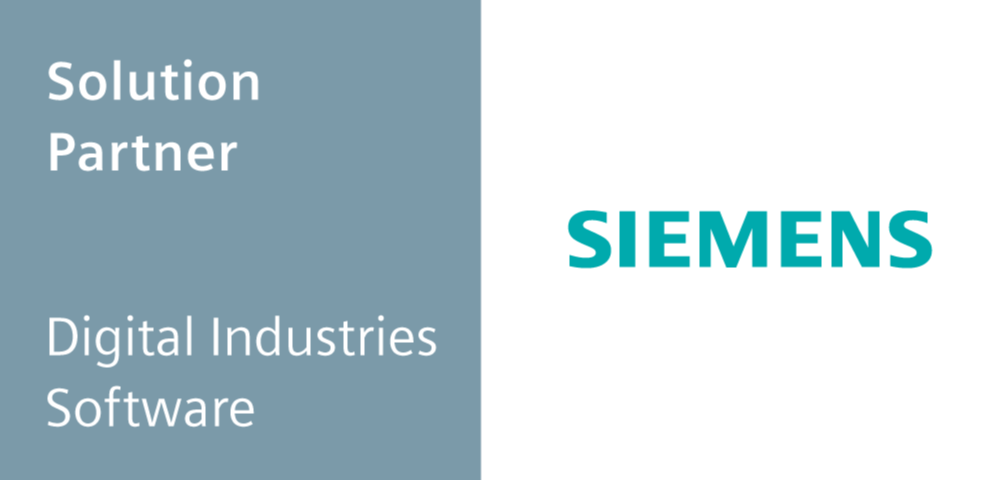Product Data Management (PDM)
In the world of engineering and manufacturing, managing product-related information efficiently is critical to success. Product Data Management (PDM) systems have emerged as an essential tool for organizing, accessing, and controlling design data throughout the product lifecycle. In this article, we’ll explore what PDM is, its role in engineering and CAD, its benefits, key capabilities, and real-world applications.
What is PDM?
Product Data Management (PDM) refers to a software solution that centralizes the storage and management of product-related data. This includes technical drawings, specifications, CAD files, and other essential information. PDM systems are widely used in industries like manufacturing, aerospace, automotive, and electronics to streamline workflows and improve collaboration.
At its core, PDM helps ensure that all team members work with the latest, most accurate data, reducing errors and boosting efficiency.
What Does PDM Mean in Engineering?
In engineering, PDM plays a pivotal role by acting as the central repository for all design and product data. Engineers often work with complex projects involving multiple versions of designs, collaboration between teams, and adherence to stringent quality standards. PDM systems address these challenges by:
- Version Control: Ensuring that teams work with the most up-to-date design files while maintaining a history of changes.
- Collaboration: Enabling seamless sharing of data across departments, suppliers, and stakeholders.
- Compliance: Supporting adherence to regulatory standards and documentation requirements.
- Integration: Connecting with other enterprise systems like ERP (Enterprise Resource Planning) and PLM (Product Lifecycle Management).
By organizing and automating the management of design data, PDM enhances productivity and reduces costly errors in engineering projects.
What is a PDM in CAD?
In the context of Computer-Aided Design (CAD), a PDM system manages CAD files and metadata generated during the design process. CAD models are often intricate, consisting of assemblies, components, and detailed drawings that must be synchronized and accessible to multiple stakeholders.
Key Roles of PDM in CAD:
- Centralized Storage: CAD files are stored in a structured database, making them easy to search and retrieve.
- File Associations: PDM maintains the relationships between CAD assemblies, parts, and drawings, ensuring seamless integration.
- Change Management: Tracks revisions and updates to CAD files, providing a clear history of changes.
- Access Control: Defines user permissions to prevent unauthorized modifications or access.
- Integration with CAD Tools: Many PDM solutions, such as SOLIDWORKS PDM, Autodesk Vault, and PTC Windchill, integrate directly with popular CAD platforms, simplifying workflows.
By managing CAD data effectively, PDM systems reduce design cycle times and improve collaboration among designers and engineers.
Benefits of Product Data Management (PDM)
Implementing a robust PDM system offers numerous advantages for engineering and manufacturing organizations. Here’s how PDM drives value:
- Improved Data Accessibility
PDM systems centralize all product data, allowing team members to locate and access files quickly. This eliminates the time wasted searching for scattered information.
- Enhanced Collaboration
By providing a shared platform, PDM fosters better communication between departments, suppliers, and customers, ensuring everyone works with consistent data.
- Version Control
PDM prevents confusion caused by outdated or duplicate files by maintaining a single source of truth. Teams can access previous versions if needed while ensuring they’re using the latest design.
- Reduced Errors
With clear documentation, revision tracking, and automated processes, PDM minimizes the risk of errors during the design and production stages.
- Regulatory Compliance
PDM systems help meet industry regulations by maintaining detailed records of design changes, approvals, and quality control measures.
- Faster Time-to-Market
Streamlined workflows and efficient data management allow companies to bring products to market more quickly.
- Cost Savings
By optimizing processes and reducing errors, PDM leads to significant cost savings in development and production.
Key Product Data Management Capabilities
A robust PDM system offers a range of features to support engineering and manufacturing processes. Here are the key capabilities of PDM solutions:
- Data Storage and Organization
PDM systems provide structured storage for product-related files, including CAD drawings, specifications, and documentation.
- File Versioning
Tracks and manages multiple versions of files, ensuring that changes are documented and accessible.
- Access Control
Defines user roles and permissions, safeguarding sensitive data and preventing unauthorized access.
- Workflow Automation
Automates repetitive tasks like file approvals, design reviews, and document sharing, increasing efficiency.
- Integration with Enterprise System
PDM integrates with other software like ERP, PLM, and CAD platforms, creating a seamless flow of data across the organization.
- Search and Retrieval
Advanced search capabilities allow users to locate files quickly using metadata, keywords, or filters.
- Collaboration Tools
Enables real-time collaboration between team members, regardless of location, ensuring smooth communication and alignment.
- Audit Trails
Maintains a detailed record of changes, approvals, and actions, supporting accountability and compliance.
What is PDM Used For?
PDM systems are used across various industries and applications to manage product-related data efficiently. Here are some common use cases:
- Design Collaboration
PDM facilitates collaboration between design teams by providing a centralized platform to share and update files.
- Product Lifecycle Management
As a subset of PLM, PDM focuses on the management of design data during the product development phase.
- Regulatory Compliance
Industries like aerospace and medical devices use PDM to meet stringent documentation and quality standards.
- Supply Chain Integration
By sharing accurate product data with suppliers, PDM enhances coordination and reduces delays.
- Cost Estimation and Planning
PDM systems support cost analysis by providing detailed insights into materials, designs, and processes.
Product Data Management (PDM) is a vital tool for engineering and manufacturing organizations seeking to streamline operations, enhance collaboration, and reduce errors. From managing CAD data to supporting compliance and accelerating time-to-market, PDM systems deliver significant value.
By implementing a robust PDM solution, companies can improve efficiency, reduce costs, and gain a competitive edge in today’s fast-paced industries. Whether you're an engineer, designer, or project manager, understanding the capabilities and benefits of PDM can help you unlock the full potential of your projects and workflows.



